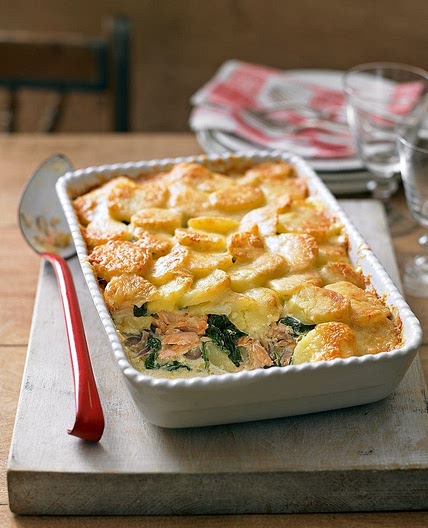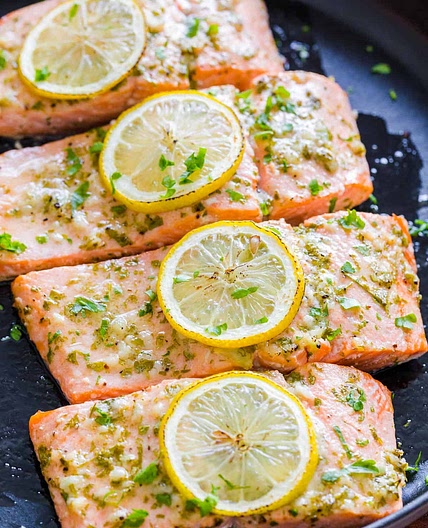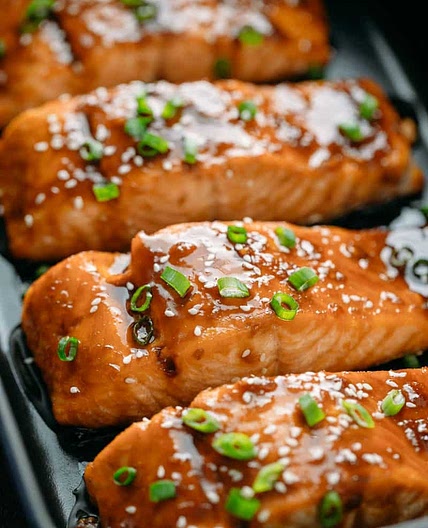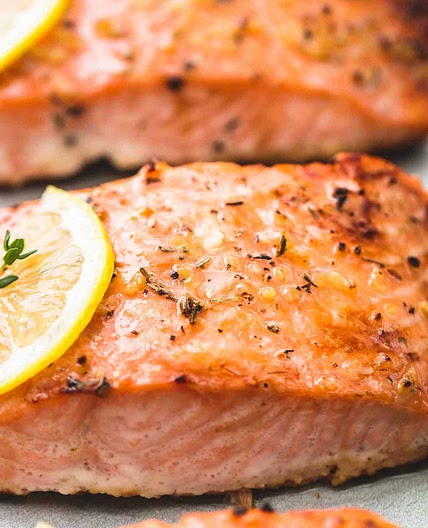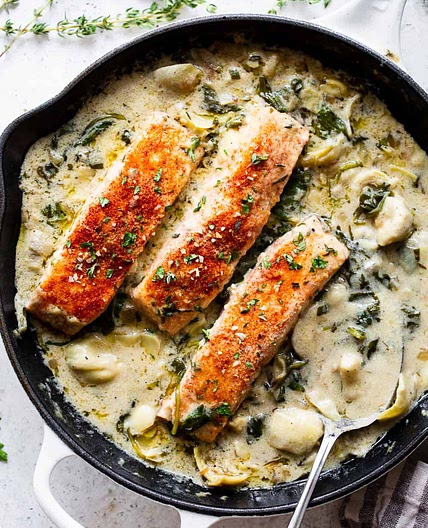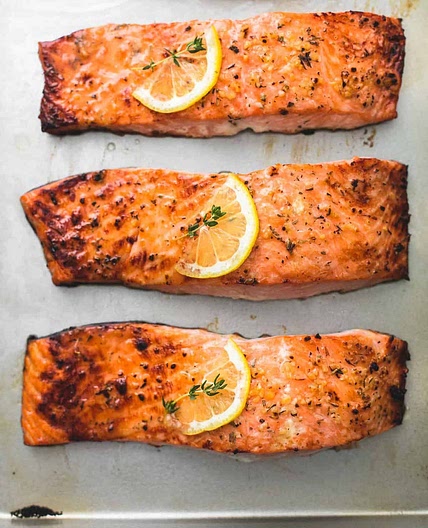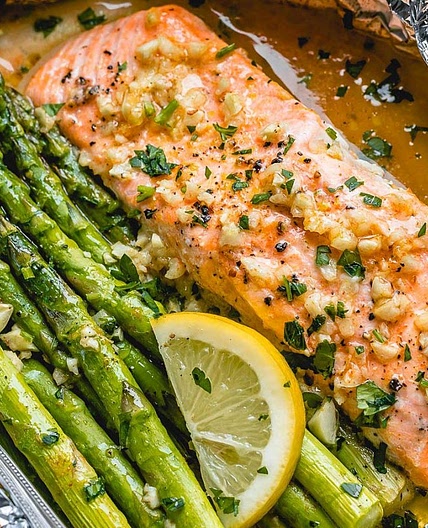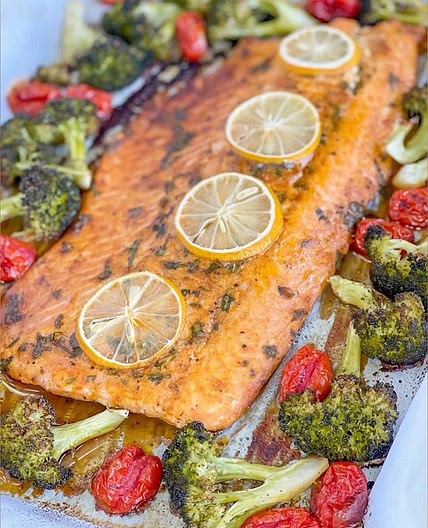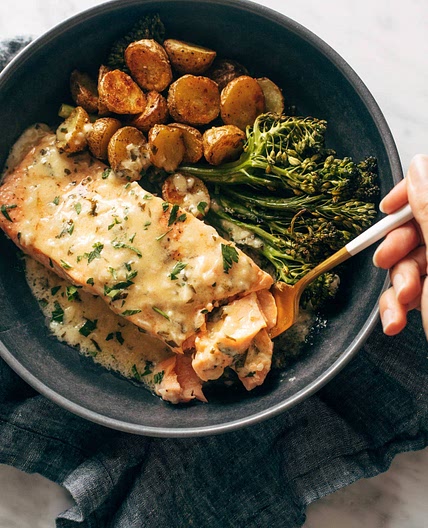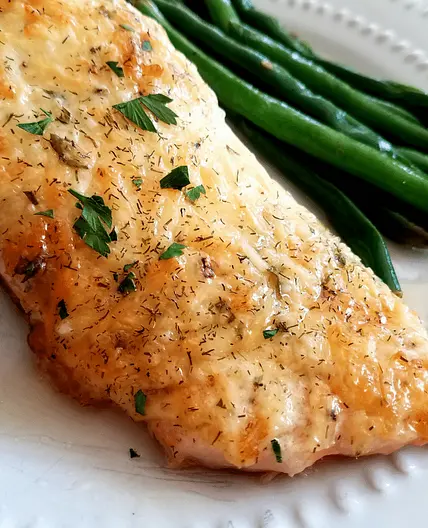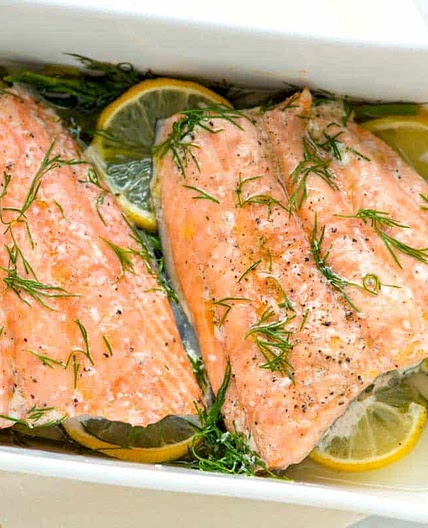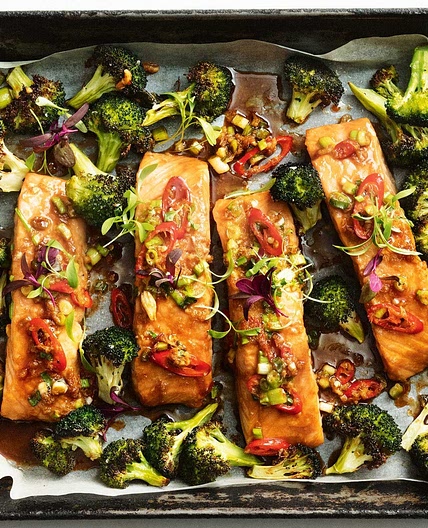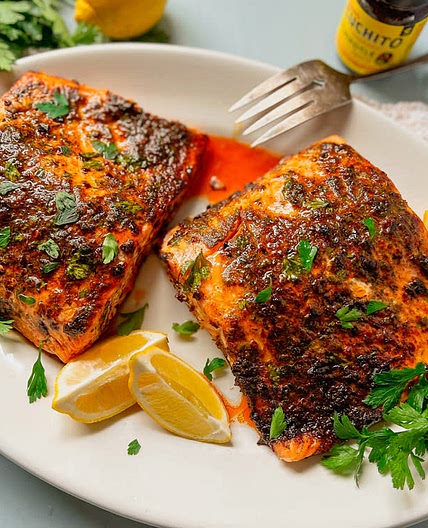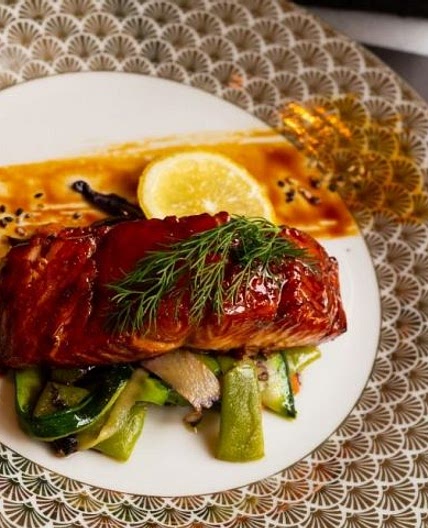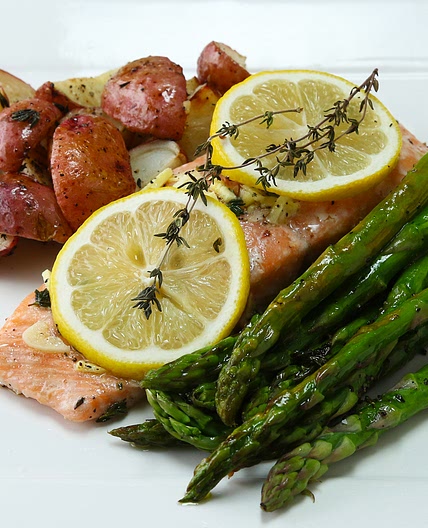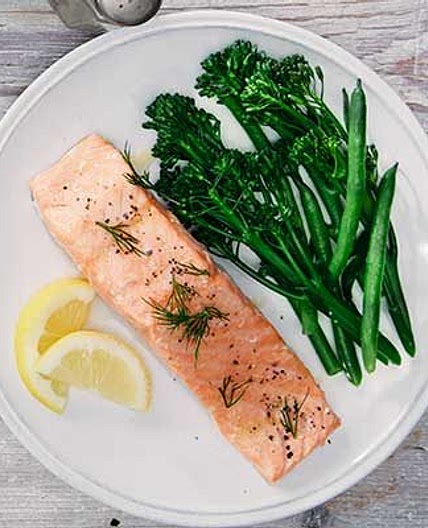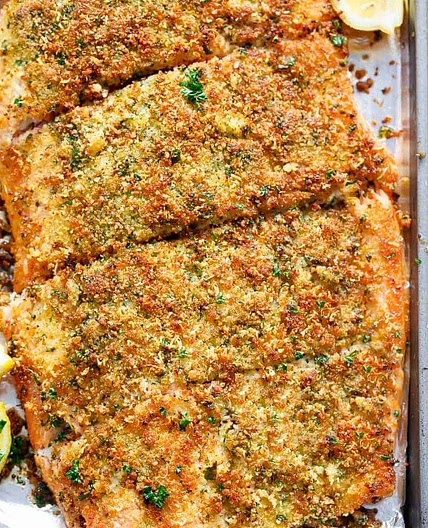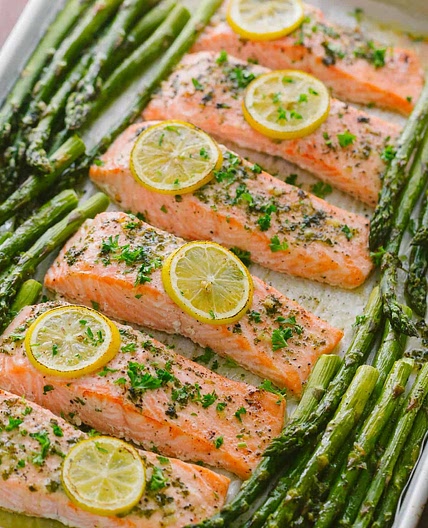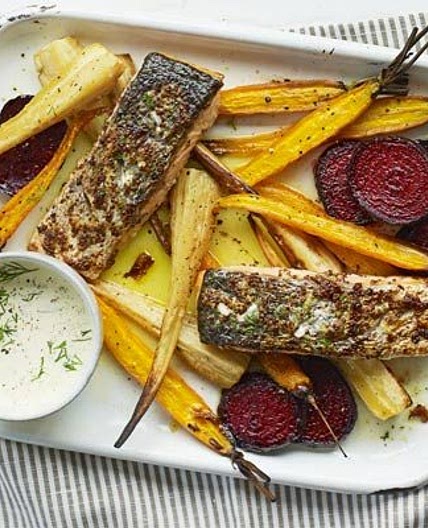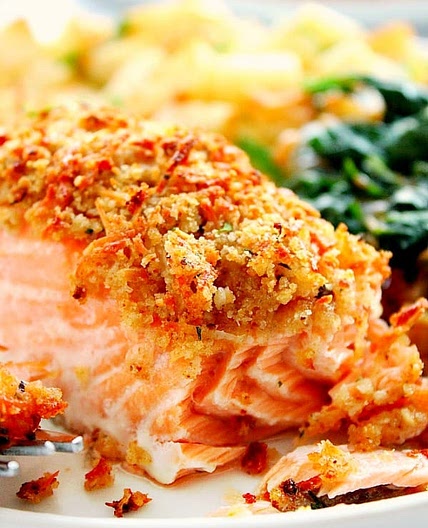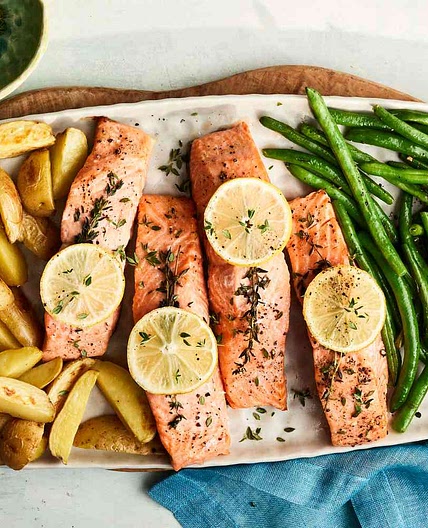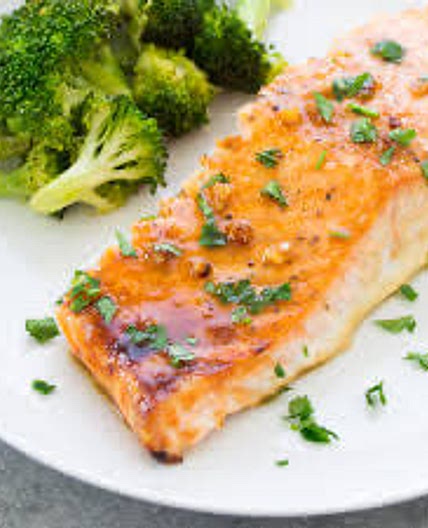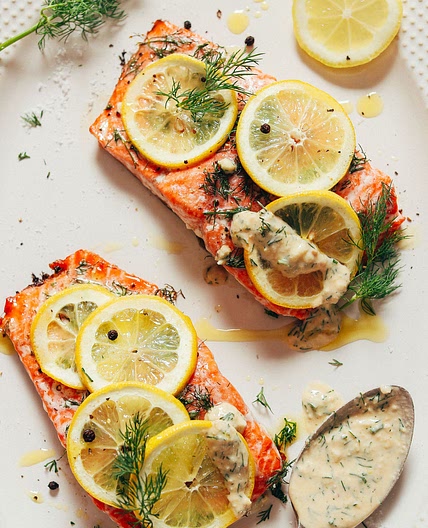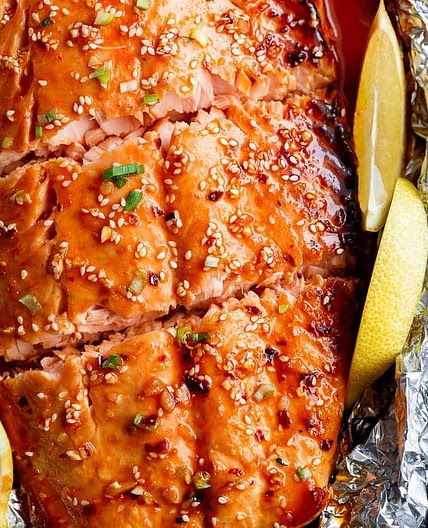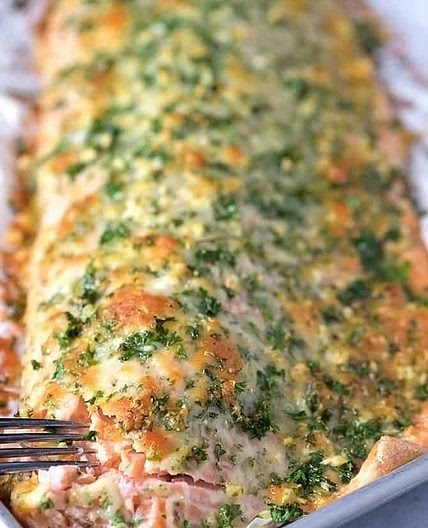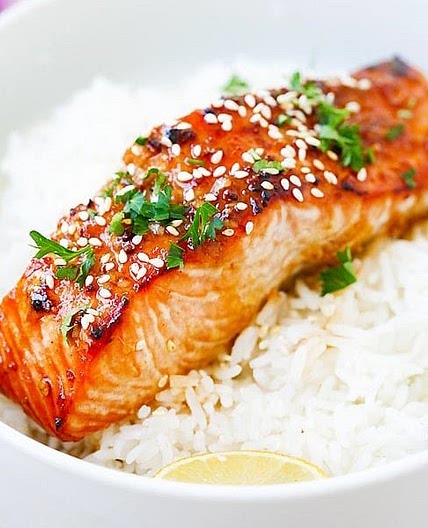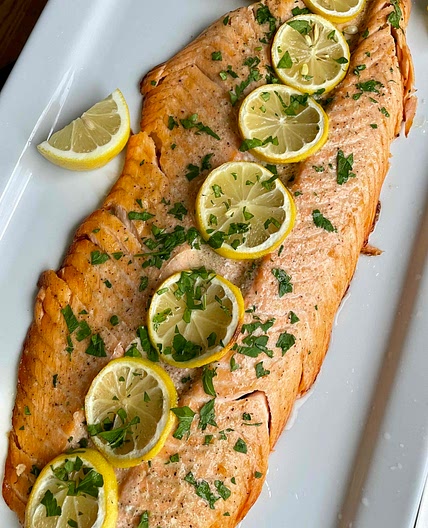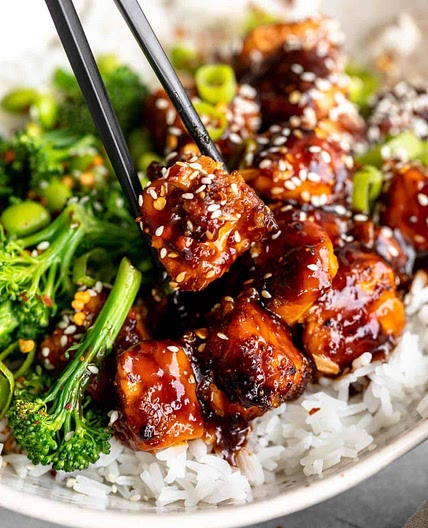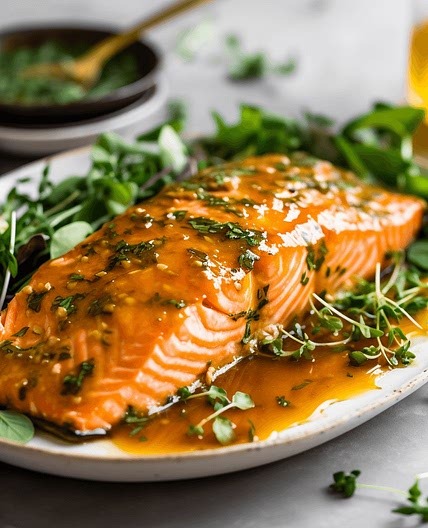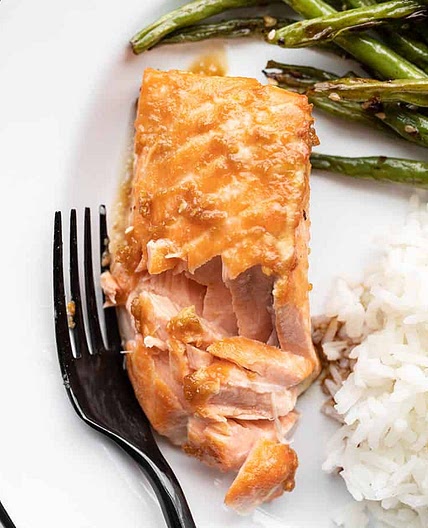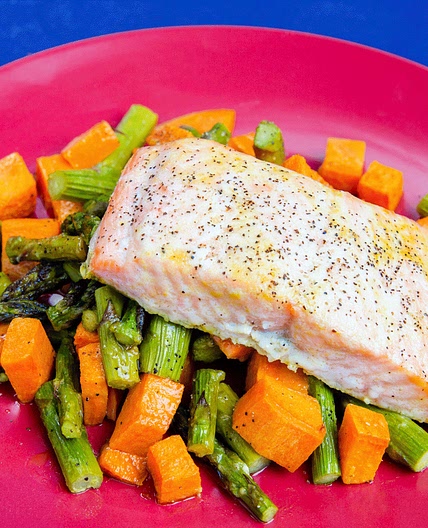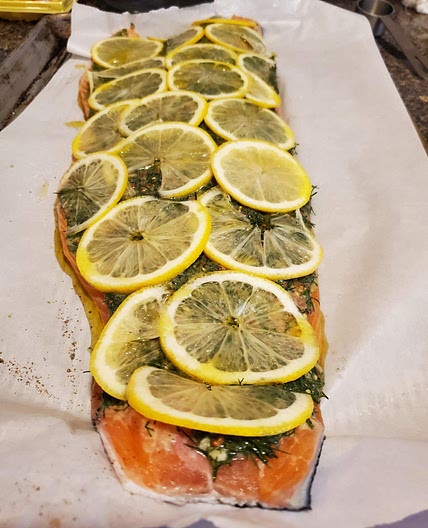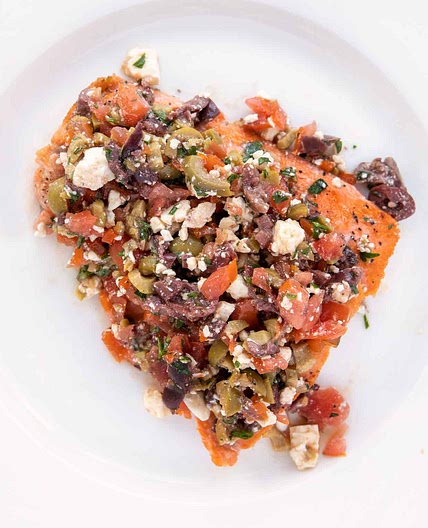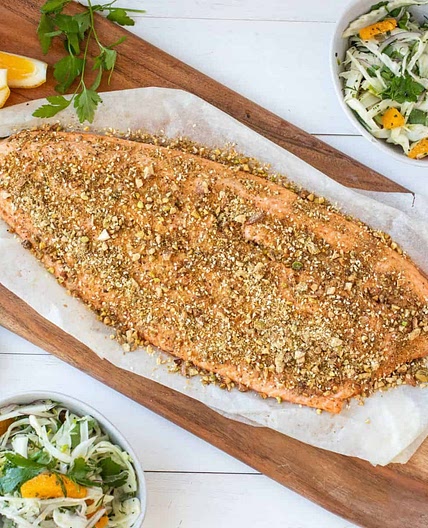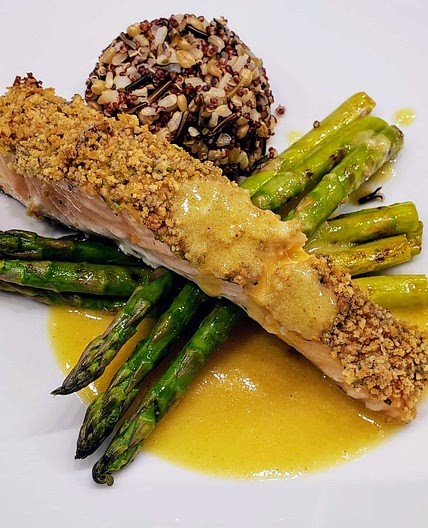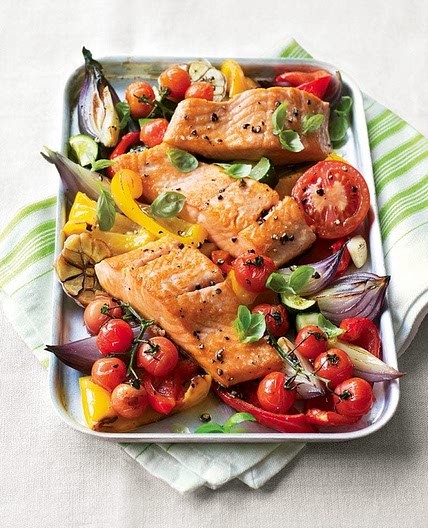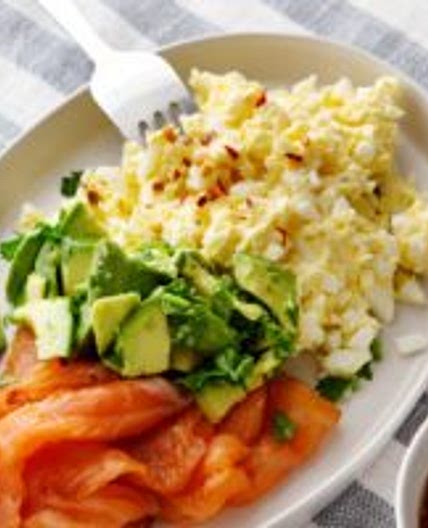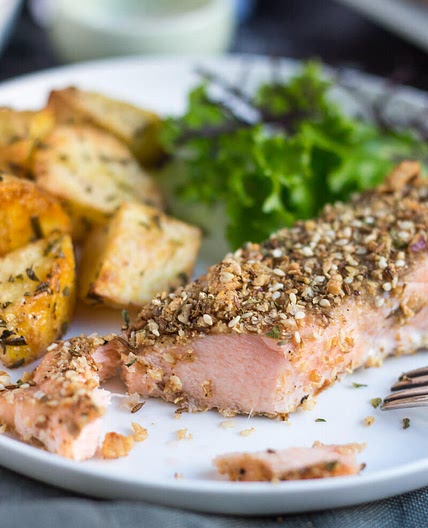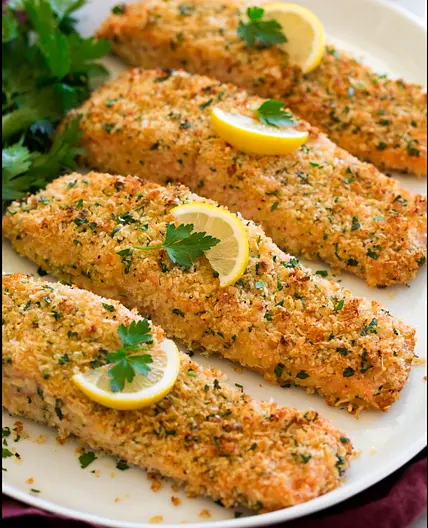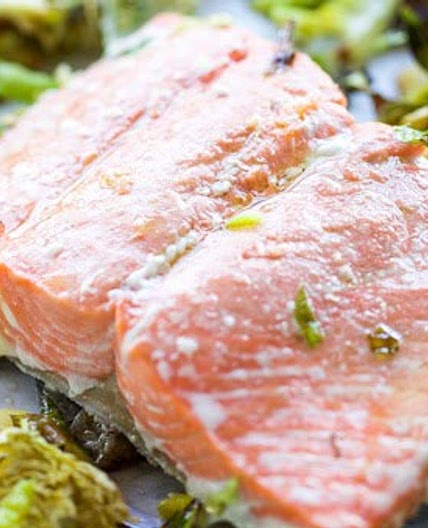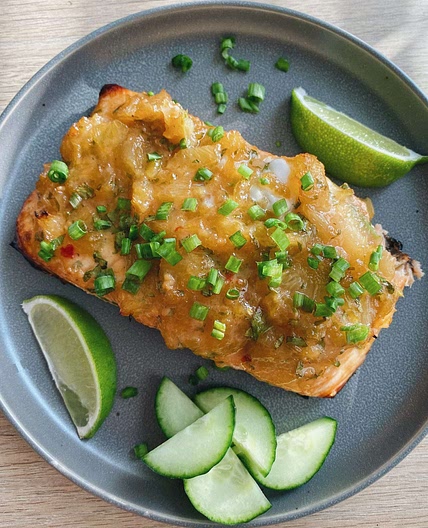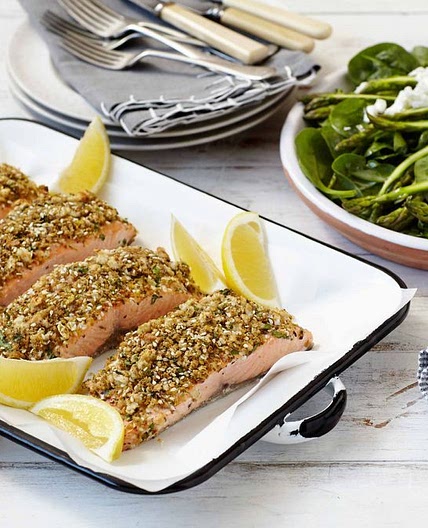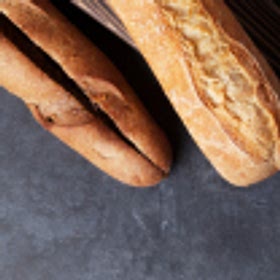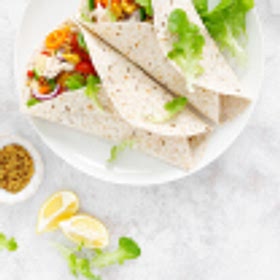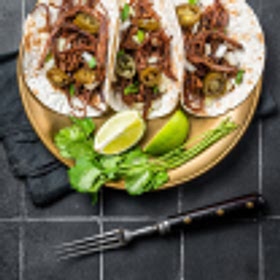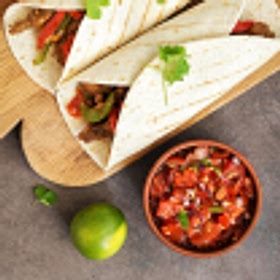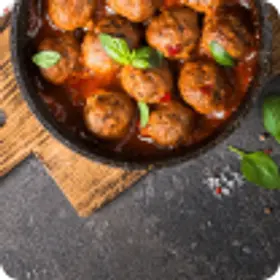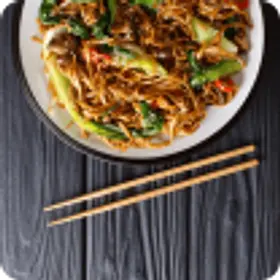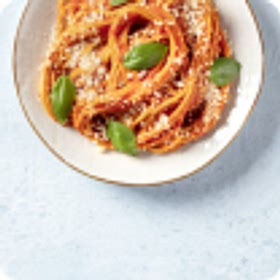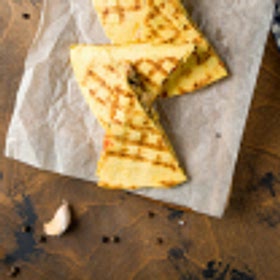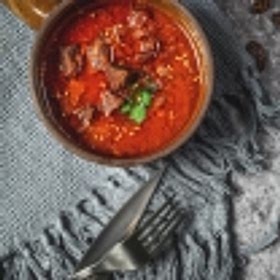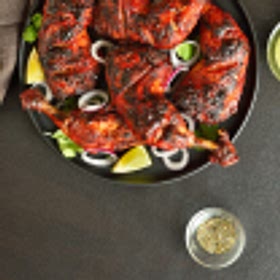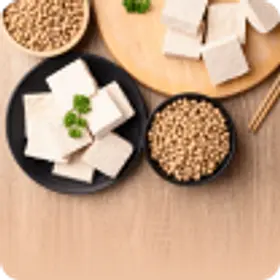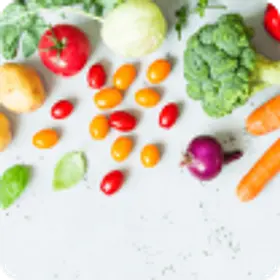Baked Salmon: A Delicious and Nutritious Dish
Looking for a healthy, quick, and flavorful meal? Baked salmon is a great choice! Learn how to cook it to perfection and discover its many benefits in this informative article.
Nutrition per serving size(218g)
- Energy: 221.86
- Total Fat: 15.2
- Saturated Fat: 3.51
- Carbohydrate Total: 4.17
- Sugars: 2.37
- Protein: 17.78
- Sodium: 303.26
- Fiber: 0.57
- Trans Fat: 0
- Monounsaturated Fat: 5.7
- Polyunsaturated Fat: 2.21
- Cholesterol: 58.78
- Calcium: 41.72
- Magnesium: 26.44
- Potassium: 337.23
- Iron: 0.86
- Zinc: 0.63
- Phosphorus: 190.09
- Vitamin A: 142.11
- Vitamin C: 0.14
- Thiamin B1: 0.16
- Riboflavin B2: 0.15
- Niacin B3: 7.17
- Vitamin B6: 0.24
- Folic Acid B9: 1.18
- Vitamin B12: 6.24
- Vitamin D: 0
- Vitamin E: 1.4
- Vitamin K: 0.8
- Tryptophan: 4.02
- Alpha Carotene: 0.05
- Beta Carotene: 8.57
- Omega 3 DHA: 599.36
- Omega 3 EPA: 371.43
Baked salmon is a classic dish that is both delicious and nutritious. Plus, it’s quick to cook! It pairs well with Mediterranean and Asian flavors, is forgiving in terms of cooking times and methods, and can be on the table in under twenty minutes.
In short, baked salmon is a great option if you’re looking for a healthy and flavorful meal that is also easy to prepare. It’s a good light dinner or light lunch, especially in summer and spring. Don’t be intimidated by the idea of cooking fish!
Health Benefits of Baked Salmon
Baked salmon is not only delicious but also incredibly healthy. It is packed with protein, omega-3 fatty acids, and vitamin D, all of which are essential nutrients for a healthy diet. Experts recommend eating oily fish at least twice a week, and salmon is an easy dish to incorporate into your weekly meal planner.
Omega-3 fatty acids are particularly important as they help reduce inflammation, lower the risk of heart disease, and improve brain function. Vitamin D is important for bone health, and salmon is one of the few food sources that is rich in this nutrient.
So you can tuck into it at least once a week and feel good about it too!
Tips and Tricks for Perfect Baked Salmon
Baked salmon is actually pretty straightforward and hard to get badly wrong. But if you want to impress with your culinary skills, keep these tips in mind:
- To prevent the salmon from sticking to the baking sheet and to make clean-up easier, use parchment paper to line the baking sheet. To prevent the salmon from sticking to the parchment paper itself, lightly grease it with oil or cooking spray.
- For a flavorful twist, try adding a glaze or marinade to the salmon before baking. Some popular options include honey sriracha or honey soy, mustard, teriyaki, or lemon garlic.
- To ensure even cooking, make sure the salmon filet is at room temperature before baking.
- Start with fresh salmon for the best flavor and texture. Look for salmon with a bright color and firm texture.
- Once the salmon is done baking, let it rest for a few minutes before serving. This allows the juices to redistribute and results in a more tender and juicy fish. Resting isn’t just for steak!
How long and at what temperature do you bake salmon?
The key to perfectly cooked baked salmon is the right temperature and timing. Baking salmon at a lower temperature such as 350°F (175°C) can result in a moister and more tender fish, while baking at a higher temperature such as 400°F (205°C) can give the fish a crisper crust. However, the ideal temperature for baking salmon is 375°F (190°C), which will give you the best of both worlds – a crispy crust and a moist interior.
Preheat your oven to 375°F (190°C) and line a baking dish with parchment paper. Place the salmon fillet on the paper and season it with salt, pepper, and any other herbs or spices you prefer. Bake the salmon for 12-15 minutes, depending on the thickness of the fillet. As a rule of thumb, you should bake salmon for about 4-6 minutes per 1/2 inch of thickness.The internal temperature should reach 145°F (63°C) when checked with a meat thermometer. The skin should easily peel off and the flesh should be opaque.
FAQs for baked salmon dishes
Q: Can you bake frozen salmon?
A: Yes, you can bake frozen salmon, but it will take longer to cook. It’s easier to thaw the salmon completely before baking it.
Q: Can you bake salmon without skin?
A: Yes, you can bake salmon without skin, but it is recommended to leave the skin on while baking as it helps to hold the fish together and keeps it moist. However, if you prefer to remove the skin before baking, you can do so by using a sharp knife to gently separate the flesh from the skin. It is important to note that the skin can add a crispy texture to the salmon when baked, so you may want to consider leaving it on for added flavor and texture.
Q: What are some tips for baking perfect salmon?
A: Here are some tips for baking perfect salmon:
Q: What are some side dishes that pair well with baked salmon?
A: Baked salmon pairs well with a variety of side dishes, including:
- Roasted vegetables: Roasting vegetables such as asparagus, broccoli, and sweet potatoes is an easy and delicious side dish option.
- Rice or quinoa: Serve your salmon over a bed of rice or quinoa for a healthy and satisfying meal.
- Salad: A fresh green salad with a simple vinaigrette is a light and refreshing option.
- Steamed vegetables: Steamed vegetables such as green beans or Brussels sprouts are a healthy and flavorful side dish.
- Mashed potatoes: Creamy mashed potatoes are a classic comfort food that pairs well with baked salmon.

